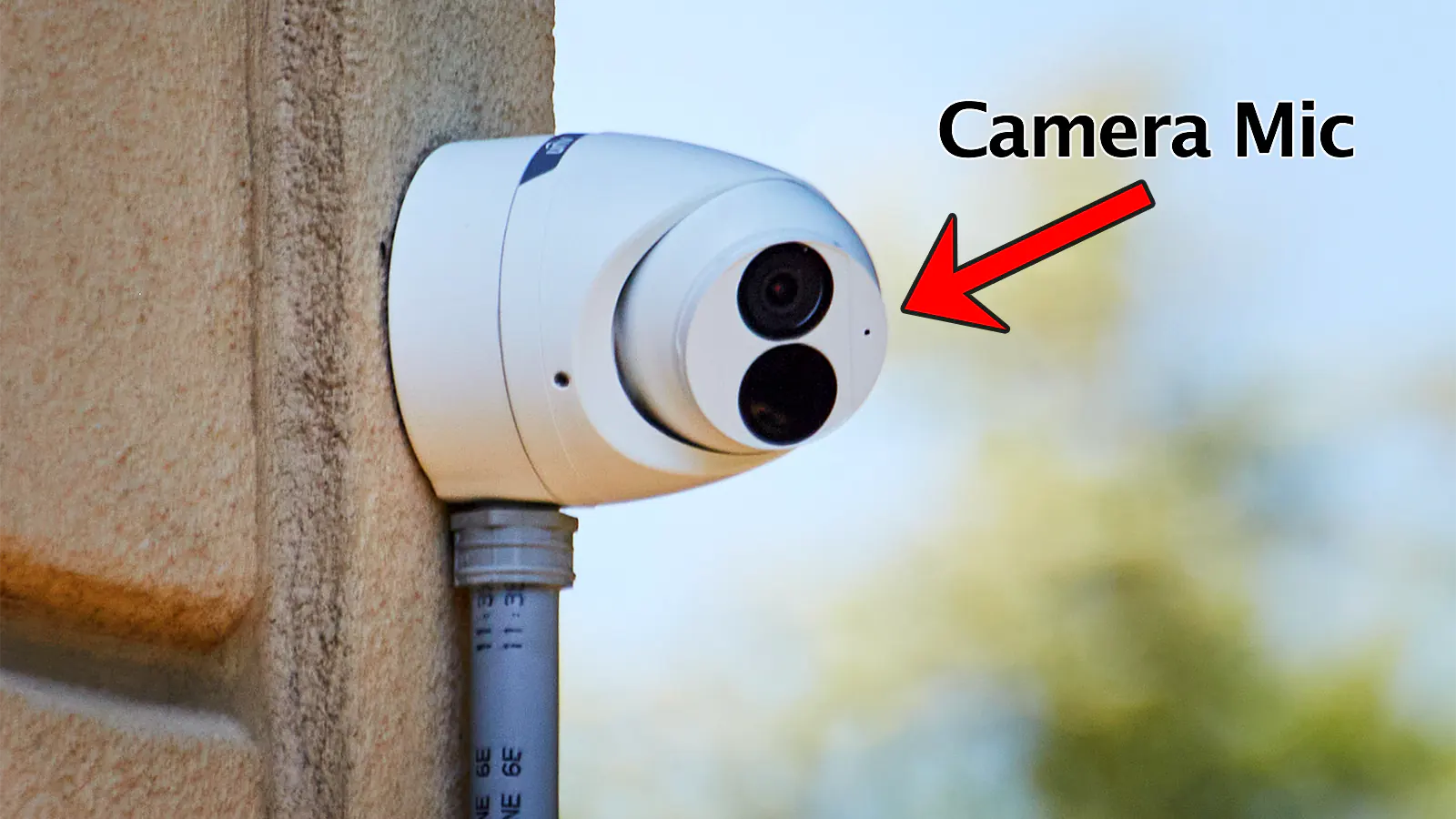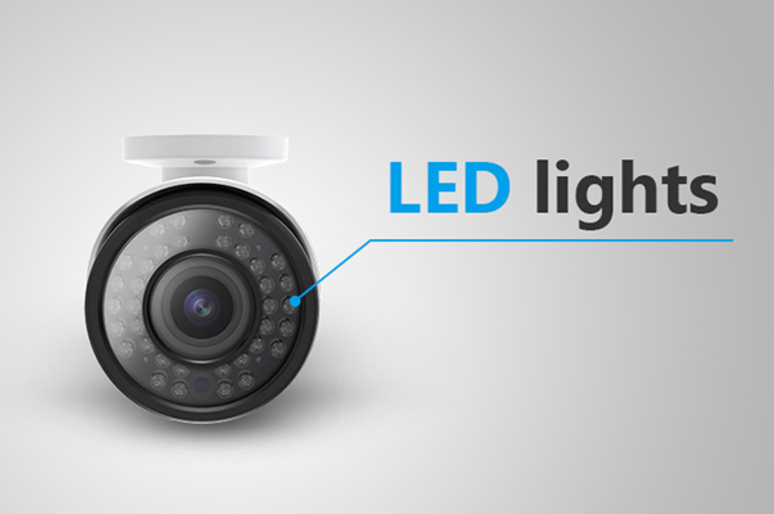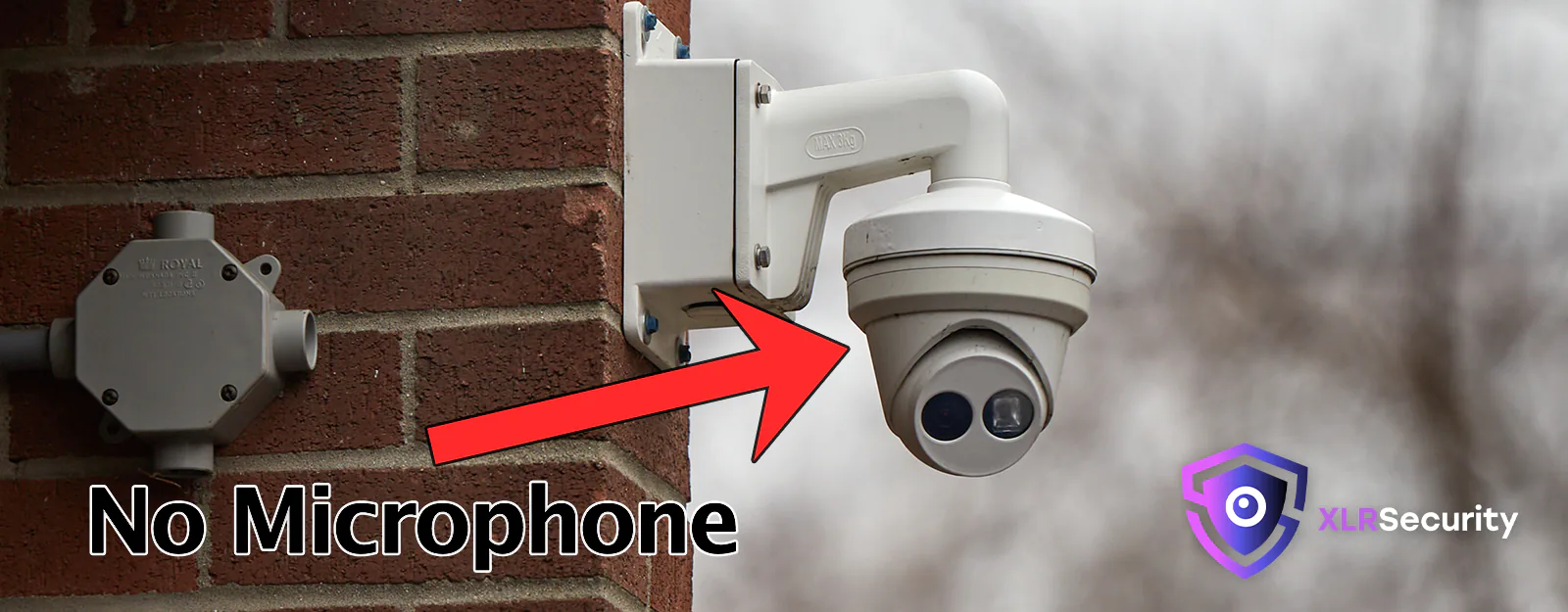To determine if a security camera is on, check for an operational status light or infrared lights in low light. Also, listen for any operational sounds indicating it’s recording.
Understanding whether a security camera is actively monitoring and recording can be crucial for both privacy concerns and security purposes. Today’s security cameras often come equipped with features that make it easier to tell if they are operational. From visible indicators such as LED status lights to less obvious signs like the sound of the camera adjusting its lens, there are several cues that can help you identify if a camera is on.
This knowledge is not only useful for those who are privacy-conscious but also for individuals looking to ensure their security systems are functioning correctly. Keeping an eye out for these signs can provide peace of mind or prompt necessary action to address any issues with surveillance equipment.
Introduction To Security Cameras
Security cameras have become crucial for safety. They record activities in various places. You see them at homes, offices, and public areas. Knowing if a camera is on helps ensure security.
The Rise Of Surveillance Technology
Surveillance tech has grown quickly. Years ago, only a few places had cameras. Now, they are everywhere. This growth helps catch criminals and keep places safe.
Purpose Of Security Cameras
- Deter crime: Cameras scare off potential criminals.
- Monitor activities: They keep an eye on what happens.
- Collect evidence: Cameras record incidents for the police.
- Decision making: Footage helps resolve disputes.
Visual Indicators On Cameras
Visual indicators on security cameras provide clues about their status. These indicators help determine if a camera is active. Let’s decode these signals.
Understanding Led Light Signals
Security cameras often have LED lights. These lights can show if a camera is recording. Different colors mean different things.
- Green light often means power is on.
- Red light can indicate recording.
- Blinking lights may signal activity or a connection issue.
Lens Reflection And Visibility
The camera lens can reflect light when on. Use a flashlight to check for this reflection. Look for a small, bright glint.
Visible lenses suggest an active camera. Hidden cameras are harder to detect. Check for any unusual objects in the area.
Auditory Clues Of Camera Operation
Detecting if a security camera is on might seem tricky. Yet, your ears can help. Active cameras often make distinct noises. These sounds can alert you to their presence and operation.
Sounds Emitted By Active Cameras
Some security cameras emit a low hum or buzz when on. This is due to their electronic components. The sound is quiet but noticeable in silent environments. Listening closely can reveal these subtle noises. Pay attention for:
- Regular buzzing
- Soft humming
- Static noise
Stand near the camera. The sounds can be a telltale sign that it’s active.
Listening For Movement Mechanisms
Motion tracking cameras move to follow activity. They can make mechanical sounds. These sounds are clues. They indicate camera movement and operation. Listen for:
- Whirring during camera adjustment
- Clicking as the camera changes direction
Quiet environments help detect these sounds better. Be still. Listen for any movement sounds from the camera.

Credit: www.xlrsecurity.com
Mobile And Web Applications
In today’s world, security cameras are everywhere. They help keep our homes and businesses safe. But, how do we know if they are on? Mobile and web applications make this easy. Let’s dive into how these apps help us.
Checking Camera Status Online
Many security cameras come with a web portal. This portal lets you check if your camera is active. Here’s how:
- Open the camera’s web page.
- Log in with your details.
- Look for a status indicator. It often says “Online” or “Active”.
This method is simple and quick. It ensures your camera is working from anywhere.
App Notifications And Alerts
Security camera apps are smart. They send notifications and alerts. These messages tell you when your camera is on or off. They also alert you to any movement or unusual activity. Here’s what they offer:
- Real-time alerts for any activity.
- Status updates, so you know your camera’s condition.
- Custom alerts, so you get only the info you need.
These apps keep you informed. You always know the status of your security camera.
Physical Inspection Techniques
Physical Inspection Techniques help spot active security cameras. These techniques are easy. They ensure safety and privacy. Let’s dive into how to inspect cameras.
Assessing Camera Installations
First, check how the camera is set up. Many cameras have visible parts. Look for small, round objects. They might be lenses. Also, search for wires. No wires can mean a wireless camera. Use a flashlight. Shine it on suspected areas. Cameras reflect light. This makes them easier to spot.
- Look for lenses in hidden spots.
- Search for wires or lack thereof.
- Use a flashlight to find reflections.
Identifying Power Sources
Next, find where the camera gets power. Most cameras need power. Check for power cords. Follow them to the source. No cords might mean a battery-operated camera. Look for small boxes. These can be battery packs. Remember, some cameras use solar panels. Check for these too.
- Inspect for power cords.
- Search for battery packs.
- Don’t forget solar panels.
By checking installations and power sources, you can tell if a camera is on. This keeps you safe and aware. Always respect privacy and laws during inspections.
Infrared Technology And Night Vision
Modern security cameras often use infrared technology for night vision. This allows them to record in complete darkness. The camera’s IR LEDs emit a light invisible to the human eye but detectable by the camera’s sensors. Knowing how to spot these LEDs can reveal if a camera is active at night.
Spotting Ir Leds In Darkness
Security cameras with night vision typically have IR LEDs around the lens. These LEDs emit a faint red glow. You can spot this glow in the dark, indicating the camera is on. Look for a subtle, reddish light when you suspect a camera is monitoring.
Using Smartphones To Detect Infrared
You can use your smartphone to detect IR LEDs. The camera on many smartphones can see infrared light. Aim your phone’s camera at the suspected security device. If you see white or purple light on the screen, it’s likely that IR LEDs are active. This method works best in low-light conditions.
- Turn off the lights in the room or wait until it’s dark.
- Open your smartphone’s camera app.
- Point your camera at the security device.
- Look for unusual lights on the phone’s screen.
Remember, not all cameras will be detected this way. Advanced cameras might have filters to block this detection.
Network And Connectivity Checks
Security cameras keep homes and businesses safe. Knowing if they are on is key. This section covers network and connectivity checks to determine camera status.
Analyzing Wi-fi Signal Strength
Wi-Fi signal strength indicates camera connectivity. A strong signal means a likely active camera. Use these steps:
- Open your device’s Wi-Fi settings.
- Look for signals with camera names.
- Check signal strength next to each name.
Strong signals suggest cameras are on and connected.
Accessing Camera Ip Addresses
Every camera has a unique IP address. Find it this way:
- Log into your router’s admin page.
- Find the DHCP client list.
- Look for known camera IP addresses.
Access these IPs via a browser to check camera status.
Check cameras often to ensure they work when needed.

Credit: reolink.com
Legal Considerations And Privacy
When it comes to security cameras, legal considerations and privacy are vital. It’s essential to know if a camera is on. But it’s also important to understand the laws that govern surveillance.
Understanding Surveillance Laws
Surveillance laws vary by location. These laws dictate how and where cameras can be used. Knowing these laws is crucial for both camera users and those being recorded.
- Check local legislation on surveillance.
- Respect privacy expectations in private areas.
- Public spaces often allow for recording.
Always ensure your use of cameras complies with the law. This avoids legal trouble and respects others’ privacy.
Ensuring Ethical Monitoring
Ethical monitoring is as important as legal compliance. It involves using cameras responsibly. It protects the rights of those on camera.
- Place cameras in appropriate locations.
- Notify individuals when they are in a monitored area.
- Avoid areas where high privacy is expected.
By ensuring ethical monitoring, trust is built. It shows respect for the privacy of individuals.
Preventive Measures And Camera Security
Knowing whether a security camera is active is crucial.
It ensures privacy and safety.
Both homeowners and businesses can take steps to protect their cameras.
This blog discusses ways to secure personal cameras and spot unauthorized surveillance.
Securing Personal Cameras
Personal camera security prevents unwanted access.
- Change default passwords to stop easy breaches.
- Regularly update firmware to fix security flaws.
- Use two-factor authentication for an extra security layer.
- Monitor access logs to track unauthorized attempts.
Physical security measures are also important.
- Place cameras out of reach to prevent tampering.
- Use camera covers when not in use.
Countering Unauthorized Surveillance
Spotting unauthorized cameras ensures privacy.
- Check for unusual objects in private spaces.
- Look for small, hidden lenses or wires.
- Use a RF detector to find wireless cameras.
- Smartphone apps can also detect camera signals.
Professional sweeps are best for thorough checks.
| Action | Tool |
|---|---|
| Scan for lenses | Camera detector device |
| Detect RF signals | RF detector |
| Signal identification | Smartphone app |

Credit: www.xlrsecurity.com
Frequently Asked Questions
Can Security Cameras Work In The Dark?
Most modern security cameras have night vision capabilities, often using infrared LEDs, allowing them to capture clear footage even in complete darkness.
What Indicates An Active Security Camera?
Active security cameras may have visible or audible indicators such as a solid or blinking LED light, a whirring sound from the mechanism, or a live feed display if networked.
How To Check Camera Status Remotely?
Many security cameras offer remote access via smartphone apps or web interfaces, which allow you to check the camera’s status and view live footage from anywhere.
Does A Lens Reflection Mean A Camera Is On?
A lens reflection, often seen as a small, bright spot when light is shone on it, can indicate that a security camera’s lens is active and potentially recording.
Are Fake Security Cameras Effective?
Fake security cameras can act as a deterrent to casual trespassers, but they lack the functionality to record footage and may be identified as fake by experienced burglars.
Conclusion
Determining whether a security camera is operational needn’t be complex. By staying attentive to indicators like status lights, infrared glows, and checking the camera’s app or software, you maintain control over your privacy and security. Remain informed and vigilant to ensure your peace of mind in an ever-connected world.




